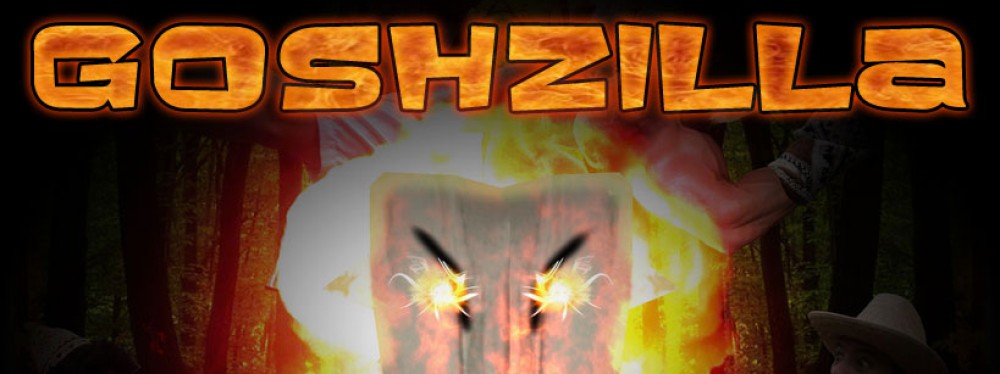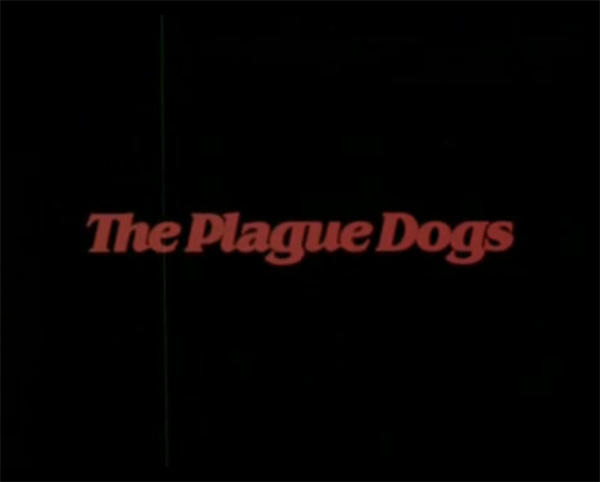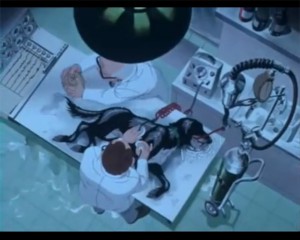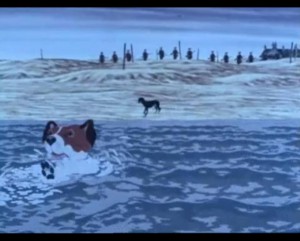I’m always amazed when I re-watch cartoons from my younger years. Ren & Stimpy, Rocko’s Modern Life, even Rugrats to some degree all had little kernels of adult humor I only now get. Rugrats had a very cerebral vibe with a lot of the background characters parodying many different roles from adult television shows (NYPD Blue, Dragnet, My Three Sons), Rocko’s Modern Life had homosexual innuendos and countless masturbatory jokes (case in point: a restaurant called the “Chokey Chicken”), and Ren & Stimpy…violently amusing to say the least.
There was a point in my life where I wondered why people put these sorts of things in cartoons that were inherently for kids. Then I thought about it and realized that a lot of parents, whether it’s in the living room or the movie theatre, often find themselves watching (willingly or not) these cartoons with their kids. Back then, most of these jokes went over kids’ heads. I know I didn’t understand the significance of a “Jackhammer Contest” with the slogan “Jack All U Want.” I’m sure another reason for these jokes was because I, like many adults now, sometimes prefer vibrant and expressive talking animals over stiff, cardboard actors. Though not as prevalent in the early years, Disney has used this sort of tactic more and more in recent years. It doesn’t cheapen the experience, just adds a new perspective to an otherwise childish, animated romp.
I’ve recently been watching a lot of non-Disney animated features that you will no doubt see on the site as time goes by (Watership Down, Felidae, Animal Farm, The Plague Dogs, etc.). I’m not sure how the rating systems work in countries like the UK or Germany, but I do know they are far more liberal than we are. Even though the aforementioned films are geared towards children, I’m not so sure I’d want my children (God forbid, I have any) to watch those, with the exception of Animal Farm and Watership Down. The deceptive part lies in the dichotomy of each of those films. On the surface, they tout vibrant, funny, and interesting character designs. What child wouldn’t like a talking cat or a psychic bunny? However, these cute exteriors obscure the darker tone and nature of each story.
The Plague Dogs can be especially difficult to watch if you’re a dog lover, but it is probably one of the more socially relevant stories, at least of that time. Without getting into too much detail, the story of The Plague Dogs revolves around two dog fugitives: Rowf, a large shaggy mongrel, and Snitter, a plucky little fox terrier. For various reasons, the two dogs have found themselves taken from the comfy lifestyle with their masters and placed in the “care” of a scientific laboratory. Rowf is frequently drown and then resuscitated (each period extended longer than the last) and Snitter has a bandage on his head covering an exposed skull where the doctors or “White-Coats” have performed surgery on his brain. As the two live day-to-day in misery, a freak accident gives them a slim chance at freedom. With the emphasis on the dogs as opposed to the humans, we gain a rare glimpse into the perspective of the unwitting guinea pigs we employ each and every day.
What I find most interesting about this film is that you never really see a human face clearly. Their faces are all very vague and expressionless. Humans in this story are characterized by their actions alone, and more often than not, they are either abusing or hunting these poor creatures. In a lot of ways, the humans are the least humane characters in this story while the dogs are expressive and characterized as victims who just want to be loved. This hits home with me, especially, being a rather verbose proponent for the adoption of animals as opposed to outright buying them. Through no fault of their own, numerous animals are stored away until space becomes scarce and they’re either adopted or killed. These creatures are truly denizens of OUR (humanity’s) world, and they need us in order to survive. That’s really what it comes down to in The Plague Dogs, as well. Despite a noble effort at a bid for freedom, Rowf and Snitter are so hopelessly lost in man’s world.
What it boils down to is the fact that it just simply isn’t fair. While the film doesn’t get too entirely preachy on this absolute truth, it’s heavily implied all the same. No matter where they go or what they accomplish, the dogs are viewed as dangerous by the humans around them. As days progress in the film, the dogs get visibly thinner until you can see their ribs as they continue to eke out a miserable existence with no one to care for them. Being formally domesticated dogs, they must come to grips with the fact that they exist in a world that simply doesn’t want them because of their origins of being experiments. The point of the story is clear: while some of man’s greatest achievements couldn’t be gained without these kinds of experiments, we should never cheapen the sacrifice of our subjects, even if they aren’t human. Otherwise, we run the risk of becoming as cold and unsympathetic, as inhuman, as the humans in the story.




